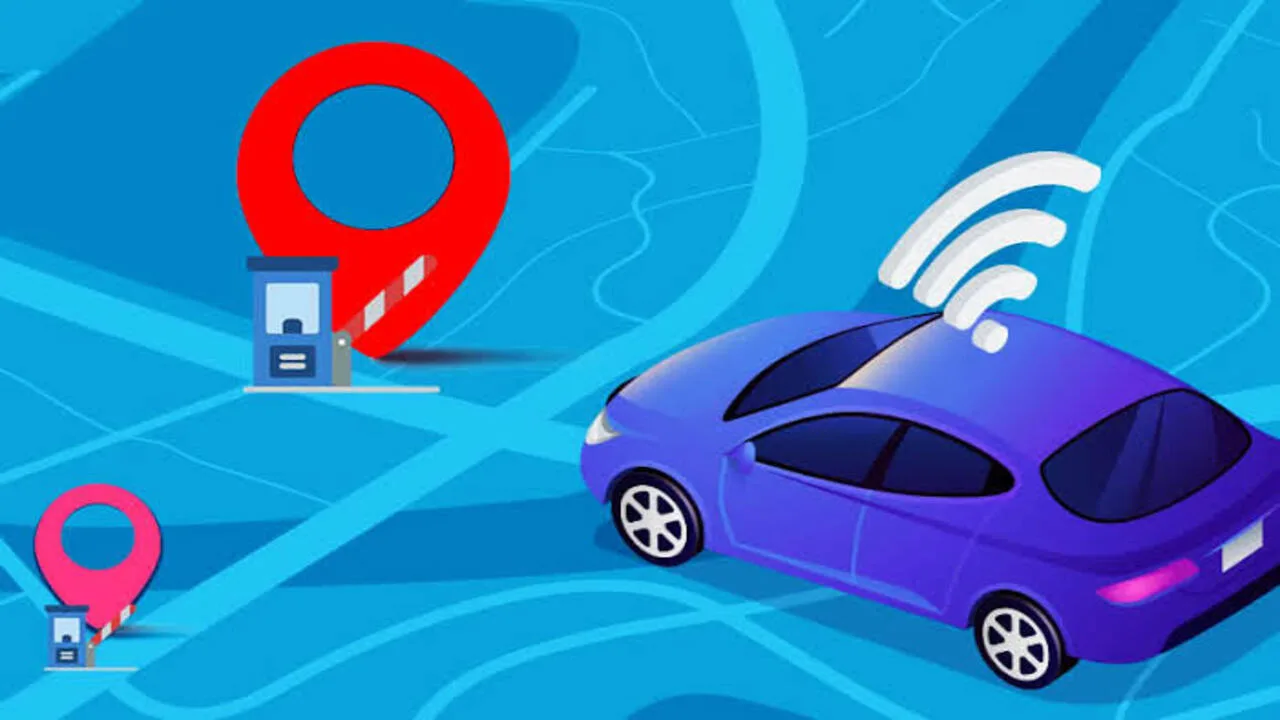GPS-Based Toll Plaza: The central government has approved the GPS-based toll system. This will eliminate the need to stop at the toll plaza. This new system will make your journey easier.
The Ministry of Road Transport and Highways on Tuesday amended the National Highway Fee (Determination and Collection of Rates) Rules, 2008. This includes electronic toll collection through satellite-based system. With this new system, toll will now be collected from vehicles through GPS.
It will be similar to Fastag. But, in this, toll will be collected according to the distance covered by the vehicle.
According to this new rule, now tolls can be collected through GPS and Onboard Unit (OBU). This will be in addition to Fastag and Automatic Number Plate Recognition (ANPR) technology. With these changes, vehicles equipped with Global Navigation Satellite System i.e. GNSS OBU will be able to pay automatic toll based on the distance covered. This will eliminate the need for them to stop for manual toll payment.
This change is part of the efforts to modernize toll collection on national highways through advanced technology. The ministry has also clarified that vehicles not registered in India or without a working GNSS will continue to be charged standard toll rates. Apart from this, a zero-toll corridor of up to 20 km will be introduced for vehicles using the GNSS system. After this, toll will be charged based on the distance traveled.
What will happen now?
At present, toll is paid at toll plazas through cash or Fastag. This often leads to traffic jams. The GPS-based toll system uses satellite and in-car tracking systems. This system uses satellite-based tracking and GPS technology to collect toll according to the distance traveled by a vehicle. In this way, the need for physical toll plazas is eliminated. Waiting time for drivers is reduced.
Vehicles equipped with an on-board unit (OBU) or tracking device will be charged based on the distance traveled on the highway. Digital image processing records the coordinates of the highway. CCTV cameras installed on the gantries ensure compliance by confirming the position of the vehicle. This makes seamless toll collection possible.
How is it different from FASTag?
Unlike FASTag, the satellite-based toll system relies on GNSS technology to provide precise location. It uses GPS and India’s GPS Aided GEO Augmented Navigation (GAGAN) system for more accurate distance-based tolling.
How will the new system work?
To implement this system, OBUs will be installed in vehicles. These OBUs will work as tracking devices and keep sending information about the vehicle’s location to the satellite. Satellites will use this information to calculate the distance covered by the vehicle. GPS and GNSS technology will be used to accurately calculate the distance.
Apart from this, cameras installed on the highway will confirm the location of the vehicle. Initially, this system will be implemented on selected highways and expressways. Like FASTag, OBU can be purchased from the government portal. These will have to be installed in the vehicle from outside. However, in future, vehicle manufacturing companies can also sell vehicles already fitted with OBU.
